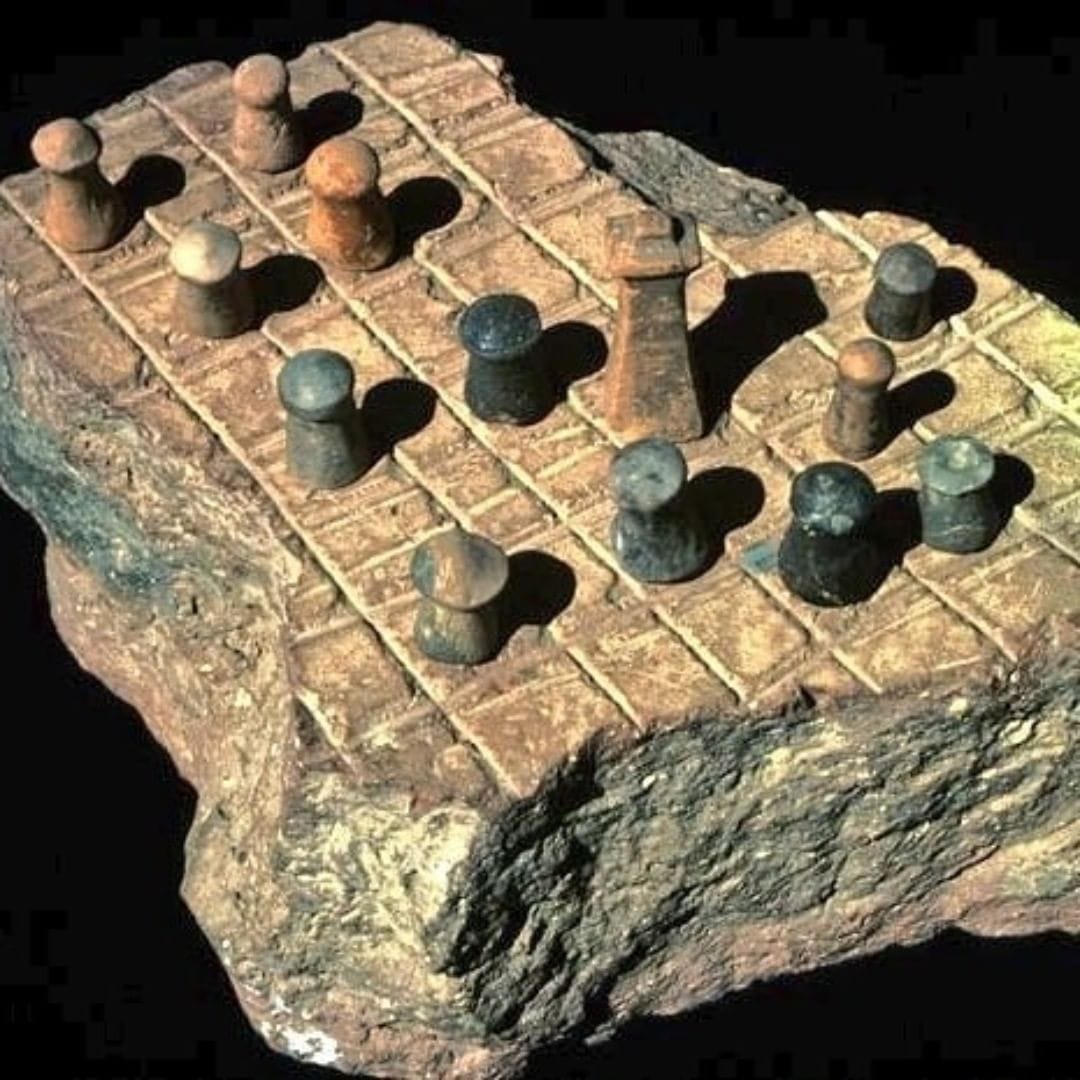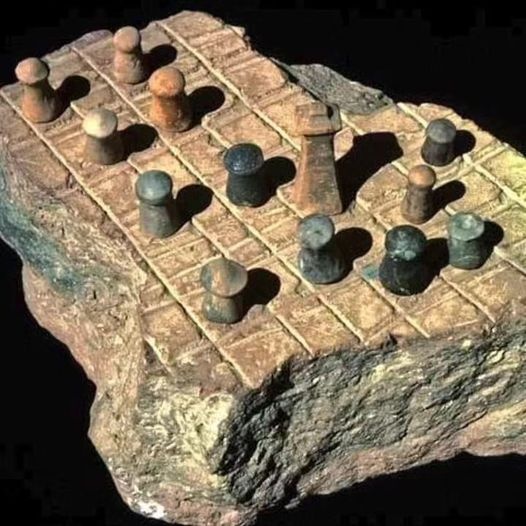The game of chess, as we know it today, has a rich and captivating history that can be traced back thousands of years to the ancient civilizations of India. Chaturanga, the precursor to modern chess, was a strategic board game that originated in India sometime around the 6th century AD, though evidence suggests its roots may stretch even further back in time.
This blog post will delve into the fascinating history of Chaturanga, exploring its origins, evolution, and the remarkable similarities between this ancient Indian game and the chess we play today. We’ll uncover the archaeological discoveries that have shed light on this captivating piece of history, and examine how Chaturanga eventually made its way across the world, influencing the development of chess as we know it.
The Origins of Chaturanga

The word “Chaturanga” is derived from the Sanskrit language and literally translates to “four divisions” – a reference to the four divisions of the ancient Indian army: elephants, chariots, cavalry, and infantry. This strategic board game was designed to simulate ancient Indian warfare, with each piece representing a different military unit.
Interestingly, the earliest known archaeological evidence of Chaturanga dates back to the Indus Valley Civilization, one of the oldest urban cultures in the world, which flourished in the Indian subcontinent around 2500-1900 BCE. Excavations at the ancient city of Lothal in the Indian state of Gujarat have uncovered what appears to be the earliest known chess-like board game, featuring terracotta pieces that closely resemble modern chess pieces.
These remarkable discoveries suggest that the origins of Chaturanga may predate the commonly accepted 6th century AD timeframe, hinting at an even more ancient lineage for this captivating game. The similarities between the Lothal game pieces and modern chess pieces are truly astounding, providing a tantalizing glimpse into the rich gaming traditions of the Indus Valley Civilization.
The Evolution of Chaturanga

As the centuries passed, Chaturanga continued to evolve and spread throughout the Indian subcontinent, becoming a beloved pastime among the ruling classes and intellectuals. The game was mentioned in numerous ancient Indian texts, including the Mahabharata, one of the great epics of Hindu literature, which dates back to around the 4th century BCE.
In the Mahabharata, the game of Chaturanga is described in detail, with references to the four divisions of the ancient Indian army and the strategic maneuvering of the game pieces. This epic tale even recounts a pivotal moment in the Kurukshetra War, where the Pandava prince Yudhishthira is said to have lost his kingdom in a high-stakes game of dice.
Over time, the rules and gameplay of Chaturanga continued to develop, with variations emerging in different regions of India. The game’s popularity also spread beyond the subcontinent, with evidence of Chaturanga-like games being played in Persia, Central Asia, and eventually, the Middle East and Europe.
The Spread of Chaturanga and the Birth of Chess
As Chaturanga made its way across the ancient world, it underwent further transformations, eventually leading to the development of the game we now know as chess. The exact timeline and details of this evolution are still a matter of scholarly debate, but the connection between Chaturanga and chess is widely acknowledged.
One of the key events in this journey was the introduction of Chaturanga to Persia (modern-day Iran) in the 6th century AD. The Persians adapted the game, renaming it “Chatrang,” and made several significant changes, such as introducing the vizier (later known as the queen) and the concept of check.

From Persia, Chatrang spread to the Arab world, where it was further refined and renamed “Shatranj.” This version of the game then made its way to Europe, where it was known as “chess” (derived from the Persian word “shah,” meaning “king”). Over the centuries, European chess continued to evolve, with the introduction of new pieces, such as the modern queen, and the development of more sophisticated strategies and gameplay.
Despite these changes, the underlying similarities between Chaturanga and modern chess are undeniable. The basic structure of the game, the movement of the pieces, and the strategic elements all bear a striking resemblance to the ancient Indian game, demonstrating the enduring legacy of Chaturanga and its profound influence on the evolution of one of the world’s most beloved pastimes.
The Archaeological Evidence
The archaeological discoveries made at Lothal in Gujarat have provided invaluable insights into the origins and development of Chaturanga. The excavation of a well-preserved game board and terracotta game pieces from the Indus Valley Civilization has shed new light on the antiquity of this ancient Indian game.
The Lothal game board, which dates back to around 2400 BCE, features a grid-like pattern of 8×8 squares, similar to the modern chess board. The game pieces, which include representations of elephants, chariots, horses, and foot soldiers, bear a remarkable resemblance to the pieces used in Chaturanga and later iterations of chess.
These findings have challenged the conventional wisdom that chess originated in Persia or Central Asia, and have firmly established the Indian subcontinent as the birthplace of this captivating strategic game. The Lothal discoveries have also sparked further research and exploration into the gaming traditions of the Indus Valley Civilization, with scholars delving deeper into the historical and cultural context of these ancient games.
The Influence of Chaturanga on Modern Chess
The influence of Chaturanga on the development of modern chess is undeniable. While the game has undergone significant transformations over the centuries, the core elements of Chaturanga can still be seen in the way we play chess today.
The most obvious similarity is the basic structure of the game board and the movement of the pieces. The 8×8 grid, the use of different military units (such as elephants, chariots, and cavalry), and the strategic maneuvering of these pieces all have their roots in the ancient Indian game of Chaturanga.
Moreover, the concept of check, where the king is under threat of capture, is believed to have originated in the Persian version of the game, Chatrang, which was heavily influenced by Chaturanga. The introduction of the vizier (later known as the queen) in Chatrang also had a significant impact on the evolution of chess, as this piece became one of the most powerful and versatile in the game.
As chess continued to spread and evolve in Europe, it incorporated additional elements, such as the modern queen and the promotion of pawns, which further differentiated it from its ancient Indian predecessor. However, the underlying strategic principles and the core gameplay of chess can still be traced back to the rich gaming traditions of the Indus Valley Civilization and the ancient Indian game of Chaturanga.
Conclusion
The story of Chaturanga, the ancient Indian game that gave rise to the beloved game of chess, is a captivating tale of cultural exchange, innovation, and the enduring power of human creativity. From the Indus Valley Civilization to the courts of Persia and the chess clubs of Europe, this game has captivated the minds of people across the ages, showcasing the universal appeal of strategic thinking and the timeless allure of a well-crafted game.
As we delve into the fascinating history of Chaturanga, we are not only uncovering the roots of one of the world’s most popular pastimes, but also gaining a deeper appreciation for the rich cultural heritage of the Indian subcontinent. The archaeological discoveries at Lothal and the connections drawn between Chaturanga and modern chess serve as a testament to the enduring legacy of this ancient game, and the profound impact it has had on the development of human civilization.
Whether you’re a seasoned chess player or simply someone with a curious mind, the story of Chaturanga is sure to captivate and inspire. So, let us continue to explore the fascinating history of this game, and celebrate the enduring legacy of one of the world’s most enduring and beloved pastimes.
